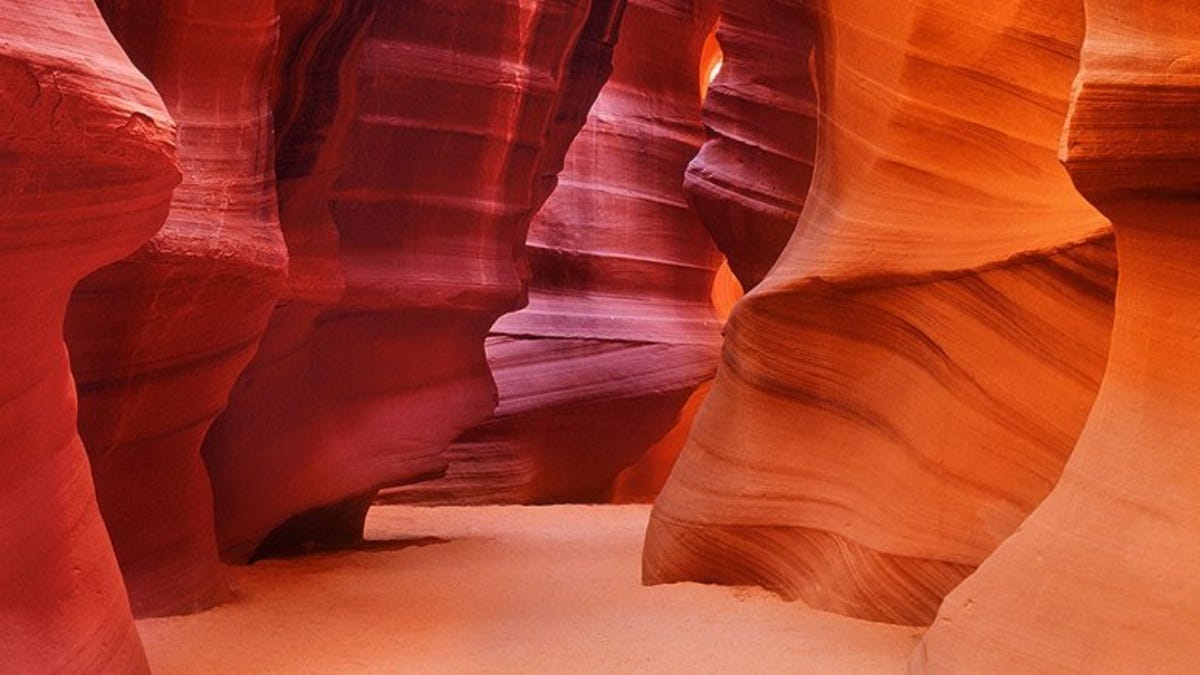This week UNESCO announced its newest additions to the World Heritage List—a vaunted group that includes the Taj Mahal, the Pyramids of Giza, and Uluru (Ayers Rock) in Australia. Close to 800 sites are cultural, and sadly, 46 of the 1,007 (a recently updated list) are in danger of disappearing.
Here are a few natural and manmade wonders that we think should have made the cut.
1. Zhangjiajie National Forest Park

(Condé Nast Traveler)
Zhangjiajie, China
Do the towering pillar-like mountains of this national forest look familiar? This park was used as a prototype for the landscape in James Cameron’s Avatar. The Chinese government was so taken with this cameo that they renamed the “Southern Sky Column,” of Zhangjiajie “Avatar Hallelujah Mountain” in 2010.
2. Antelope Canyon

(Condé Nast Traveler)
Arizona, USA
Often named on lists of geographical wonders, this stunning slot canyon is a popular destination for hikers. Its Navajo name, “the place where water runs through rocks,” is an allusion to the canyon’s creation by flood erosion. The narrow, undulating spaces between rock formations allow for stunning patterns when sunlight filters through the striated stone.
3. D-Day Beaches at Normandy

(Condé Nast Traveler)
Normandy, France
On the 70th Anniversary of the Allied Forces’ Normandy landings, the Boy Scouts of America started a Change.org petition to add these historically significant sites to UNESCO’s list. While the shores of Omaha, Utah, Gold, Juno and Sword beaches are still accessible today, many fear that potential development in the area might threaten future generations from visiting and acknowledging the 24,000 soldiers who fought there.
4. Rama Setu

(Condé Nast Traveler)
India & Sri Lanka
Once the connection between India and Sri Lanka, this strip of land, also known as Adam’s Bridge or Rama’s Bridge, is made up of limestone shoals reaching from the island of Mannar, Sri Lanka to Rämeswaram, India. The bridge is said to be the remains of a road constructed by Lord Rama of Hindu mythology for his army to rescue his kidnapped wife from the neighboring country. Despite an attempt to dredge out the limestone in the late 19th century, the majority of the 30-mile path remains above or just below sea level. Rising ocean levels, however, may soon change this.
5. Cave of El Castillo

(Condé Nast Traveler)
Cantabria, Spain
Researchers believe that the 48,000-year-old paintings on these cave walls were created by Neanderthals, making them the Earth’s first painters, and providing a stark contrast to the traditional view of Neanderthals as boorish animals. By comparison, cave paintings in France’s Ardeche region are practically new at 36,000 years, yet they received World Heritage status in UNESCO’s latest ruling.
More From Condé Nast Traveler
Adorable Lighthouses You Can Stay in on Your Next Vacation
The Craziest American Costumes at the World Cup
This Is What $15K-a-Night Vacation Rentals Look Like
The Most Terrifying and Awesome New Roller Coasters Around the U.S.
